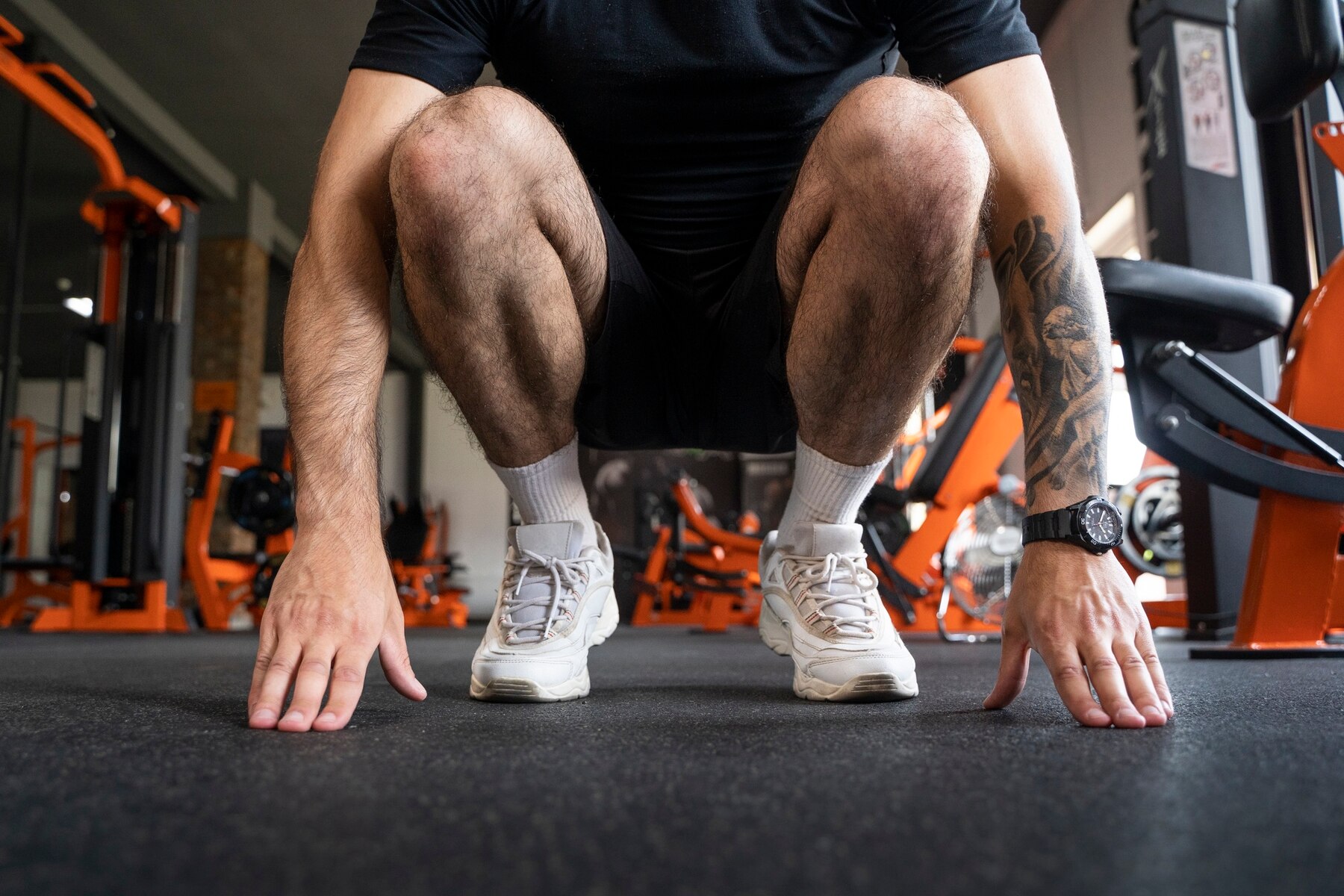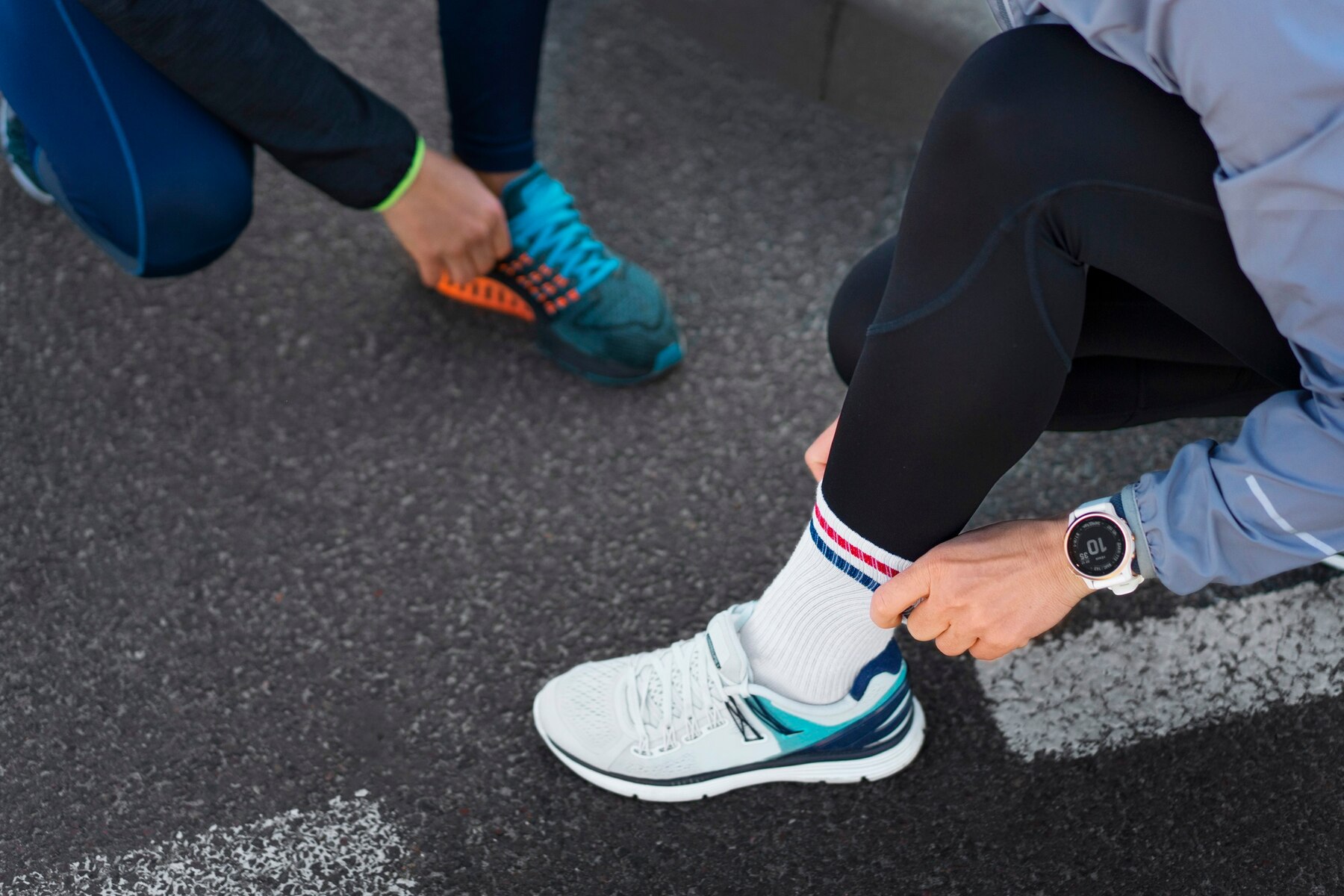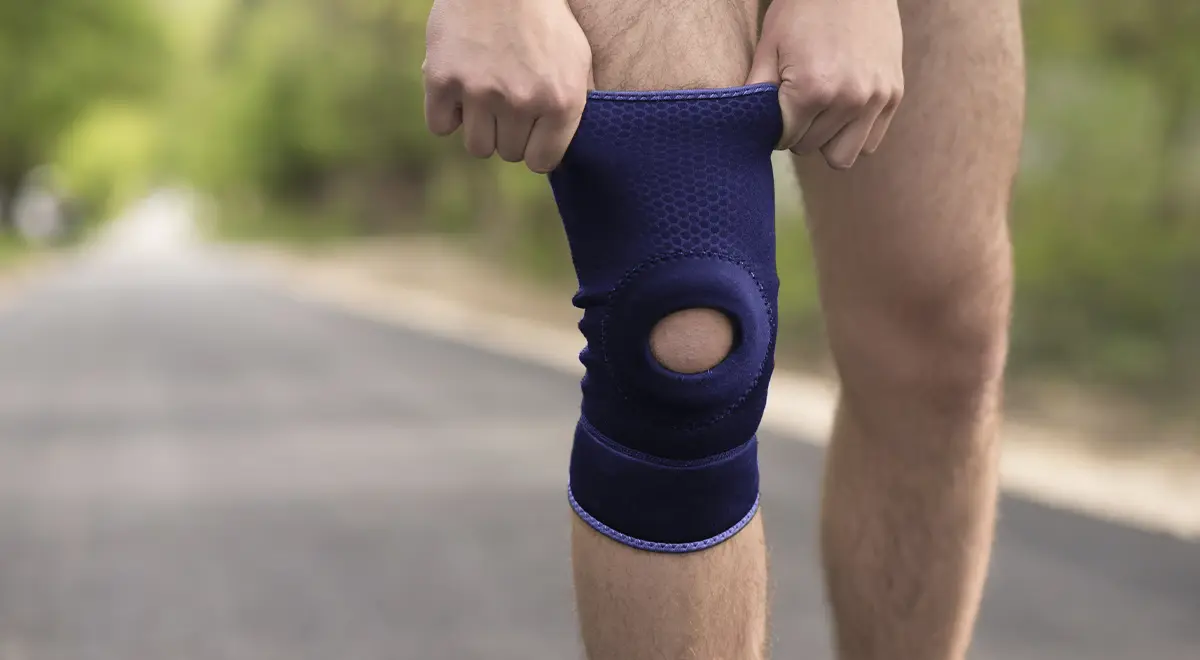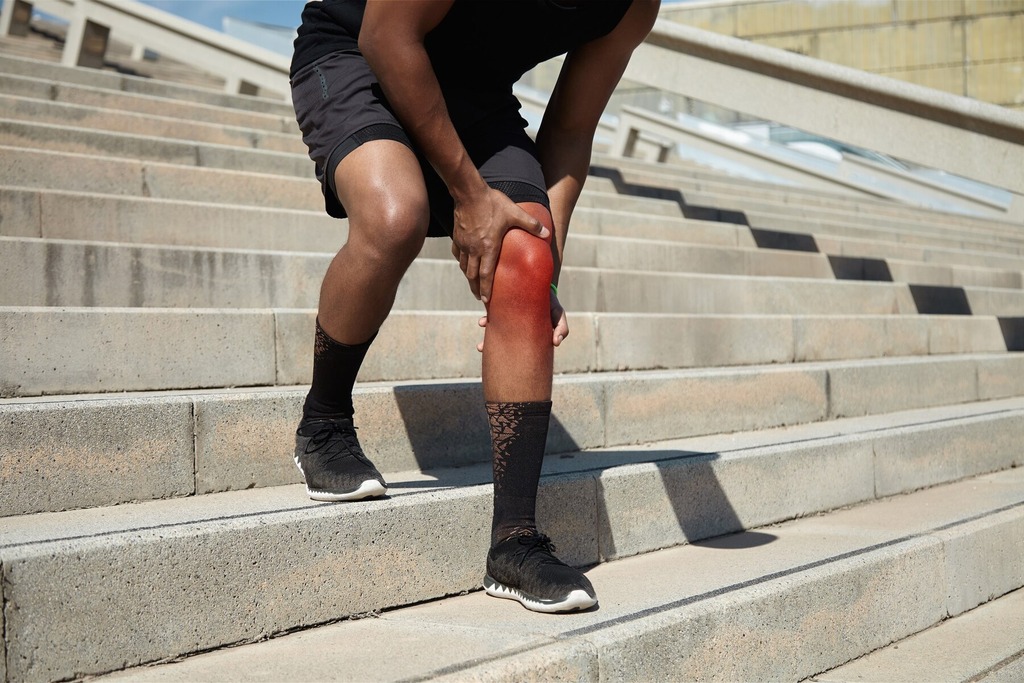So, you’ve got an active lifestyle, maybe you love hitting the basketball court or crushing those morning runs.
But hey, have you ever thought about your knees? They’re like the unsung heroes of your body, right?
Well, let’s talk about something that might be on your mind: meniscus tears.
Ouch, just the thought of it sounds painful, doesn’t it?
But don’t worry, as we’re about to present professionally-recommended tips on preventing meniscus tears, so you can keep doing what you love without those pesky injuries holding you back:
Related: How to prevent pec tear?
What is a Meniscus Tear?
A meniscus tear is a common knee injury that occurs when the cartilage in the knee, called the meniscus, gets torn.
This can happen due to sudden twisting or direct impact on the knee, often during sports or physical activities.
Symptoms include pain, swelling, stiffness, and sometimes a popping sensation in the knee.
Treatment options range from rest, ice, and physical therapy to surgical repair or removal, depending on the severity and location of the tear.
Prompt diagnosis and appropriate management are crucial for a successful recovery and to prevent long-term complications.
How to Prevent a Meniscus Tear with Lifestyle?
Are you eager to prevent a meniscus tear? If so, we’ve got you covered with plenty of lifestyle modifications:
1. Strengthen Leg Muscles

Building strength in the leg muscles surrounding the knee, particularly the quadriceps, hamstrings, and calf muscles, can help provide better support and stability to the knee joint.
Stronger muscles can absorb more shock and reduce the strain on the knee during physical activities.
Exercises like squats, lunges, leg presses, and calf raises can effectively target these muscles and improve overall knee function.
2. Warm Up Before Activity
Prior to engaging in any physical activity, it’s crucial to warm up adequately to prepare your muscles, tendons, and ligaments for the demands of exercise.
A proper warm-up increases blood flow to the muscles, enhances flexibility, and reduces the risk of injury.
Dynamic stretches, light cardio exercises like jogging or jumping jacks, and specific mobility drills targeting the knees can help loosen up the joints and prevent strains or tears.
3. Wear Supportive Footwear

Choosing the right footwear is crucial for maintaining proper alignment and providing adequate cushioning and support for your knees.
High-quality athletic shoes with cushioned soles and good arch support help absorb impact and reduce stress on the knees during physical activity.
Additionally, footwear designed for specific activities, such as running shoes for jogging or basketball shoes for playing basketball, can provide additional stability and protection for the knees.
4. Avoid High-Impact Activities
Activities that involve repetitive jumping, sudden stops, or rapid changes in direction can place excessive strain on the knee joint and increase the risk of meniscus tears.
Minimizing participation in high-impact sports like basketball, soccer, or volleyball, or at least taking precautions to reduce the risk of injury during these activities, can help protect the knees.
Instead, opting for lower-impact exercises like swimming, cycling, or walking can provide similar cardiovascular benefits with less stress on the knees.
5. Use Knee Braces if Necessary

In some cases, wearing a knee brace can provide additional support and stability to the knee joint, especially if you have a history of knee injuries or instability.
Knee braces can help prevent meniscus tears by reducing the risk of excessive movement or twisting during physical activity.
However, it’s essential to consult with a healthcare professional to determine the most appropriate type of knee brace for your specific needs and to ensure proper fit and usage.
6. Use Proper Form
Whether you’re exercising, playing sports, or performing daily activities, using correct form is one of the best ways to prevent a meniscus tear.
Proper alignment and technique ensure that the forces exerted on the knee joint are distributed evenly, reducing the risk of excessive stress or strain.
Learning and practicing correct movement patterns for activities like squatting, lifting, running, and jumping is important to minimize the risk of meniscus tears and other knee injuries.
7. Maintain A Healthy Weight
Excess body weight can increase the load on the knee joint, leading to accelerated wear and tear and a higher risk of injury, including meniscus tears.
Maintaining a healthy weight through a balanced diet and regular exercise not only reduces the stress on your knees but also improves overall joint health and function.
Losing even a small amount of weight can significantly alleviate pressure on the knees and reduce the likelihood of developing knee problems in the future.
Over To You
We’ve explored some key strategies for keeping those meniscus tears at bay.
Remember, your knees are kind of a big deal – they support you through all of life’s adventures, so it’s only fair that you give them the TLC they deserve.
You can significantly reduce your risk of a meniscus tear by staying mindful of your movements, maintaining a strong and flexible body, and listening to what your knees are telling you.
Now, it’s over to you.
What steps will you take to protect your knees and keep doing the things you love?
Drop your thoughts in the comments below.


